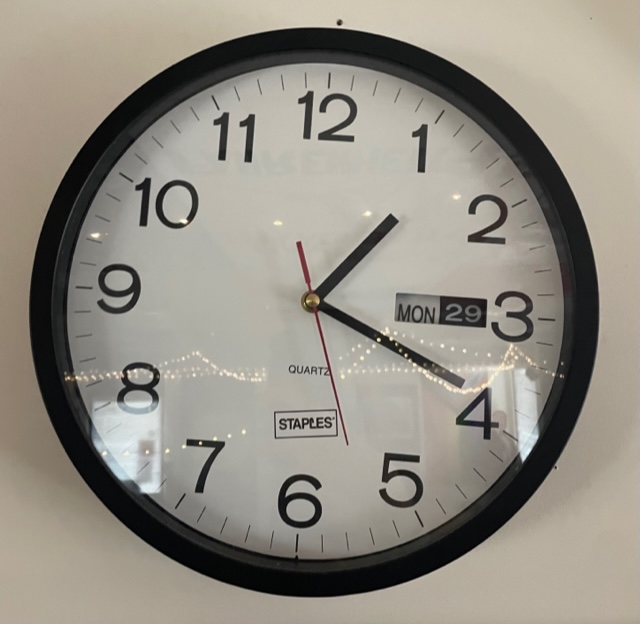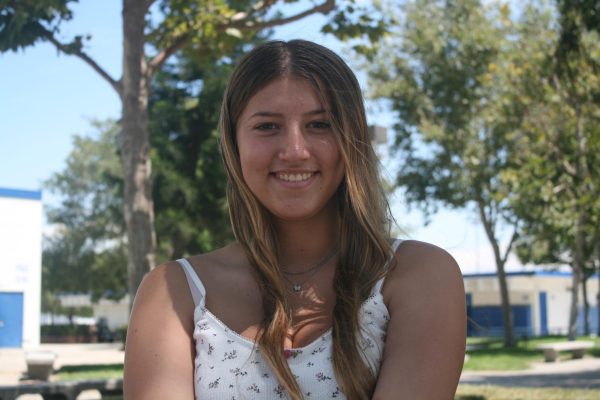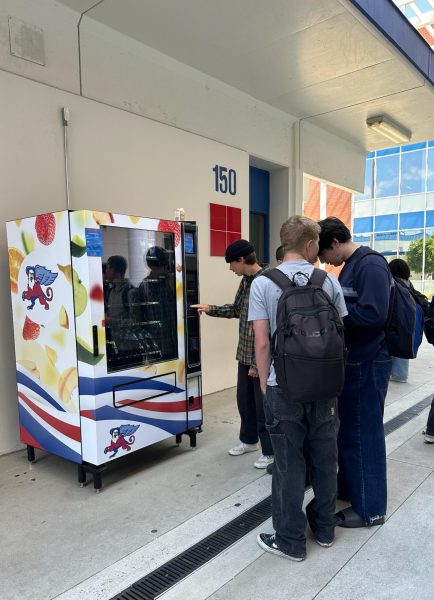Daylight savings time: Is it coming to a close?
Was this past Sunday the last daylight savings time shift?
The clock which is located in Ms. Franzen’s room at Los Al.
November 7, 2022
LOS ALAMITOS, CA — This past Sunday, Nov. 6, 2022, we switched out of daylight savings time and reverted to standard time.
For those who are unaware, standard time is the accepted time according to a nation’s time zone. Daylight savings time is the shifting of our clocks forward once a year, every year. Over 70 countries worldwide have adopted daylight savings time, and the U.S. has been one of them since 1918. The only industrialized countries to not have adopted daylight savings time are Japan, China, and India. However, within America, there are seventeen states that have petitioned the federal government to make daylight savings time continue all year long, according to the National Conference of State Legislatures.
Out of a sample size of 59 students in a survey conducted here at Los Alamitos High School, currently, over 60% supported the abolition of daylight savings time. Many specialists around the world advocate the abolition of the switch, citing the serious medical repercussions involved.
“The annual change from standard time to daylight savings time is associated with increased risk of heart attacks and stroke… There also is an increase in emergency room visits and missed medical appointments,” the American Academy of Sleep Medicine (AASM) warned.
In 2018, California voted to give the legislature permission to petition the federal government to permanently establish daylight savings time or standard time. State lawmakers are required to have a two-thirds vote to approve this legislature, which has proven impossible for lawmakers to achieve so far. Steven Choi, a California State Representative, is the most recent to submit legislation for this purpose. He hopes it will make this the last shift that Californians will experience. In other words, California is moving towards a future where the public will not have to shift their clocks anymore.
“Standard time is best aligned with human circadian biology. During standard time, your body clock, the timing of sunrise and sunset, and local clock time are more in sync than during daylight saving time,” stated the AASM.
It is still under debate whether or not to adopt standard time or adopt daylight savings time as the permanent solution. Those in favor of standard time quote the significant health benefits that standard time promotes.












Bella Kim • Nov 8, 2022 at 4:00 pm
Wow great informational article Syd! I didn’t know all this about DST.
Katie Arnoult • Nov 8, 2022 at 9:33 am
I didn’t know that switching times had health risks! This is a very interesting article!